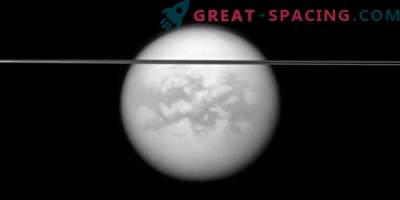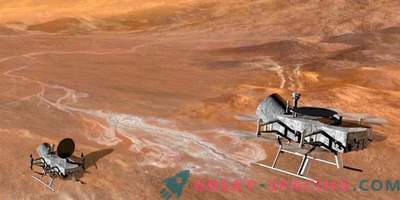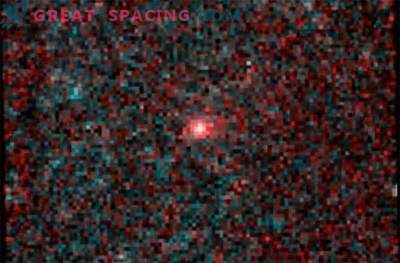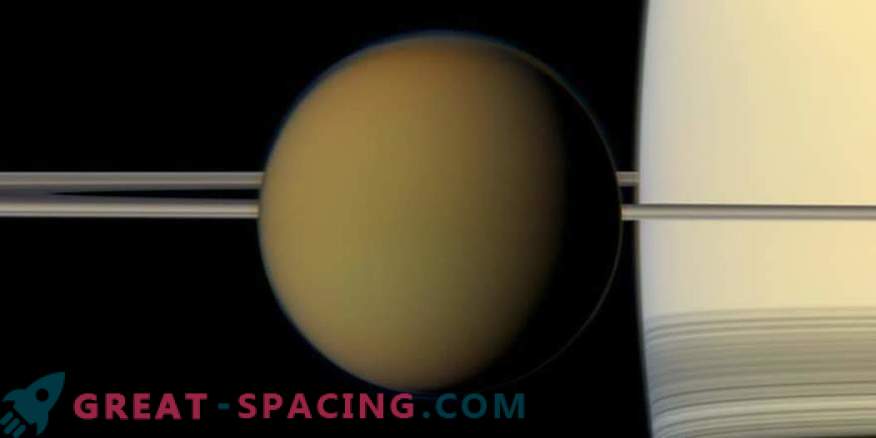
Researchers at the University of Bristol recorded unexpected activity on Titan. Recently, the polar atmosphere is experiencing unexpected and severe cooling, although the models and the behavior of the other planets suggest otherwise. Titan is the largest moon of Saturn, surpassing Mercury. And this is the only satellite in our system that has an atmospheric layer.
Usually, the high polar atmosphere in the winter planetary hemisphere is warming due to air compression. But the atmospheric whirlwind of Titan seems cool. Before his death on September 15, Cassini managed to obtain a long series of observations of the polar atmosphere. The survey showed that at the beginning of the winter of 2009, the development of the polar hot spot was activated, but in 2012 it became cold. In 2015, the temperature reached 120 K.
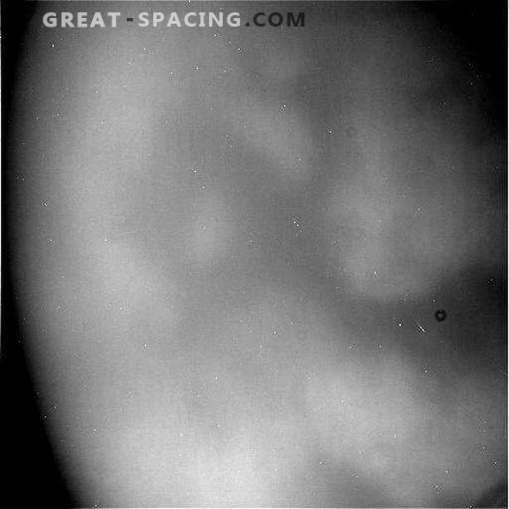
The Cassini apparatus received this raw look of Titan on its last approach on April 21, 2017. For the Earth, Mars and Venus, the main mechanism of atmospheric cooling is IR radiation from CO 2. This gas mixes quickly at all atmospheric levels and is practically independent of atmospheric circulation.
But on Titan, exotic photochemical reactions in the atmosphere create hydrocarbons (ethane and acetylene), as well as nitriles (hydrogen cyanide and cyanoacetylene), which leads to a drop in temperature. Therefore, the winter polar decline led to a massive accumulation of these radiation-active gases over the territory of the southern winter pole.
Scientists used temperature calculations from Cassini, and added indicators of radiation balance models. It turned out that the accumulation of gas flow was large enough to lead to a serious decrease in temperature. This is a unique effect for our system and is only possible due to the unusual atmospheric chemistry of the satellite.

